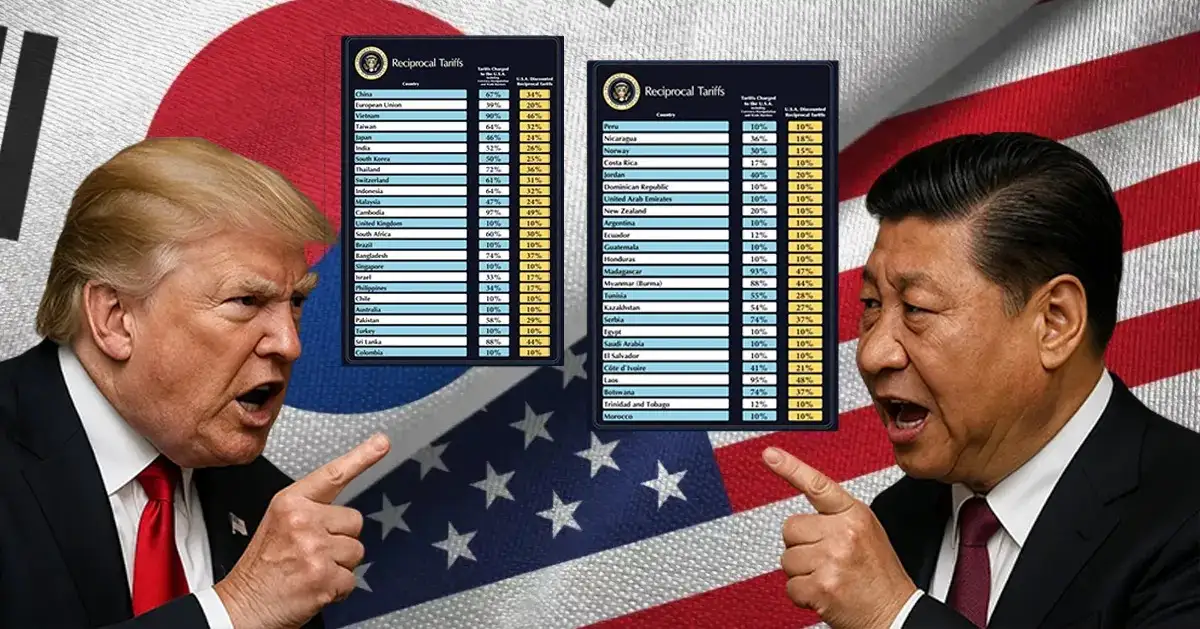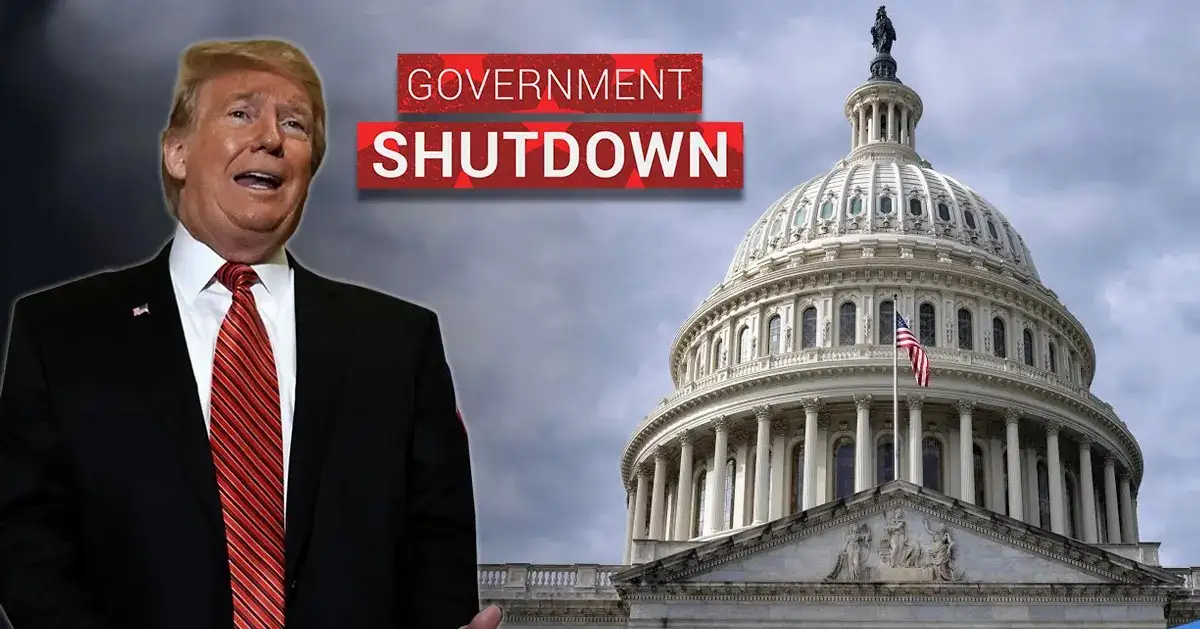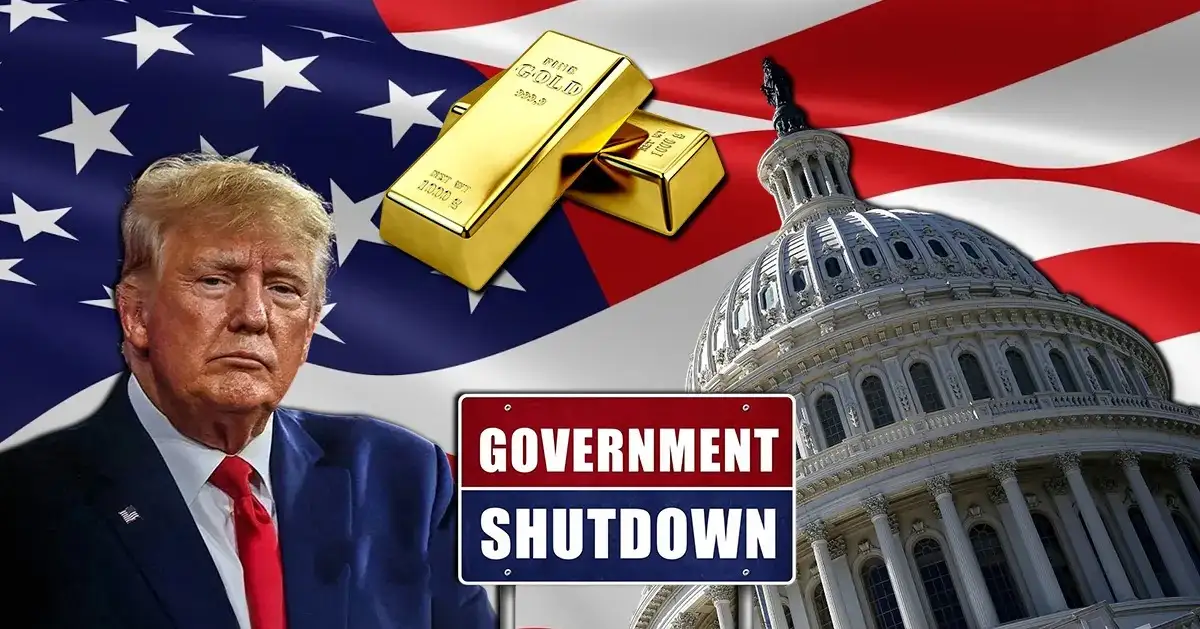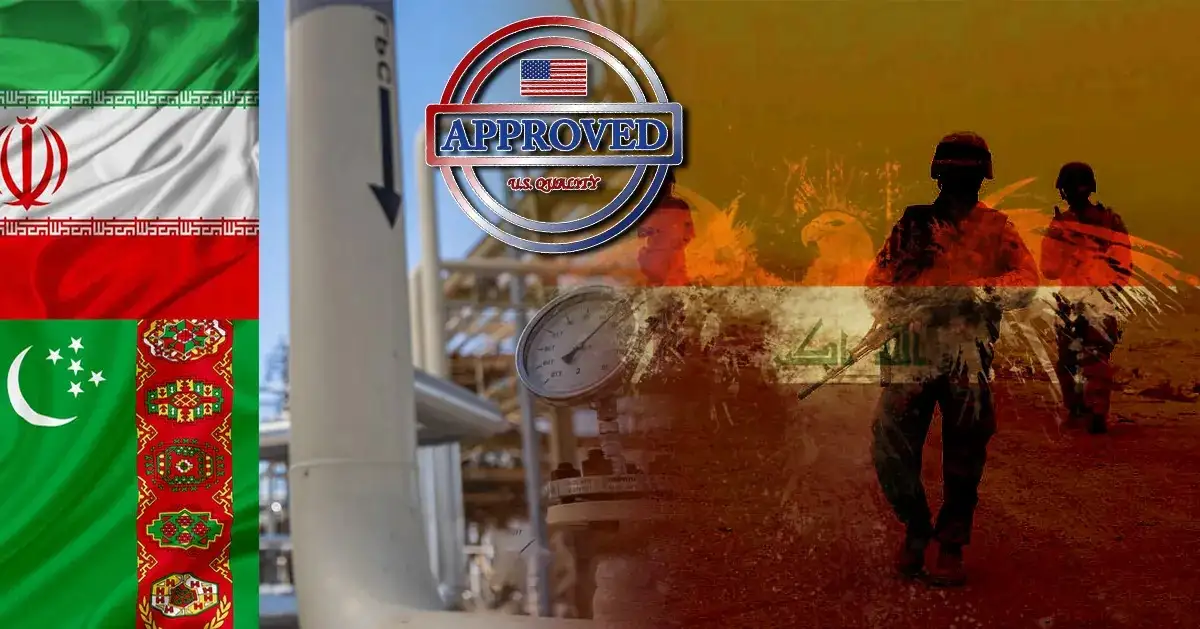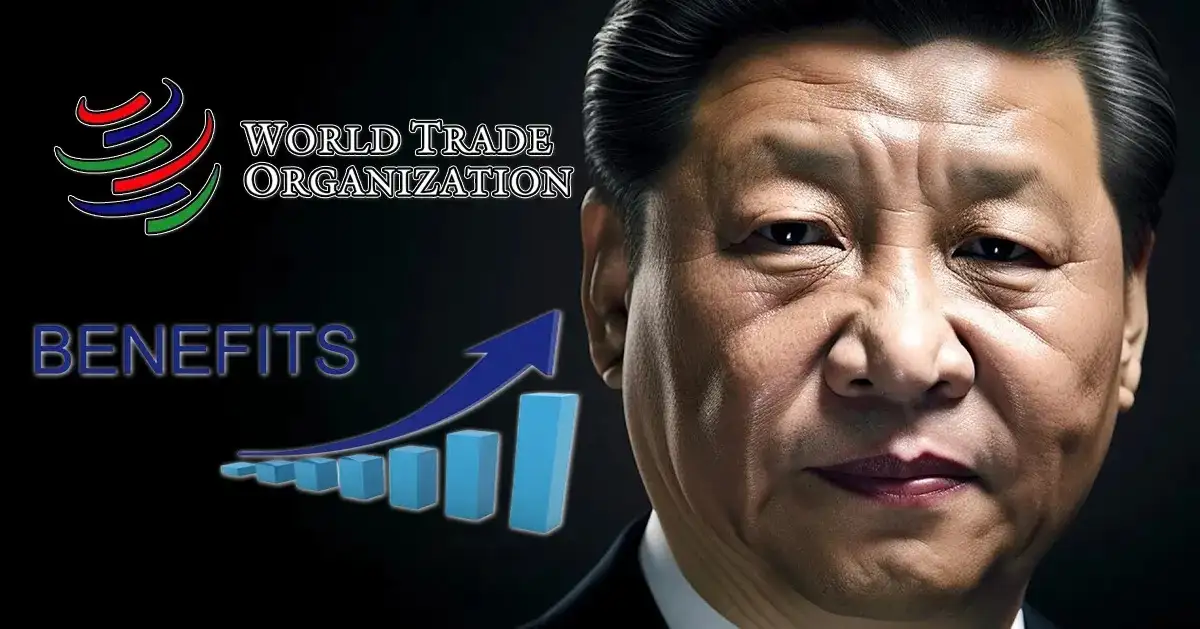Asia PMIs Split as South Korea, Vietnam Weather Trump Tariffs
Asia’s manufacturing sector is sharply moving in different directions because of new U.S. tariffs. Trump’s new wave of tariffs is reshaping trade flows and exposing fault lines across the region. While South Korea and Vietnam show signs of resilience, other economies are buckling under pressure. Asian markets are now suffering from canceled orders, rising uncertainties, and even factory closures.
South Korea and Vietnam Hold Ground
South Korea’s manufacturing PMI held steady at 51.2 in September, signaling modest expansion. Vietnam’s PMI rebounded to 50.4 after months of contraction, driven by electronics and apparel exports.
Both countries have managed to adapt quickly to the tariff shock imposed by President Donald Trump’s extensive trade measures.
On August 1, the U.S. imposed new tariffs on over 90 countries, with rates reaching up to 49%. Vietnam negotiated a partial reduction to 20%, but with a strict 40% penalty on trans-shipped goods, those rerouted from China through Vietnam.
Prime Minister Pham Minh Chinh acknowledged the challenge, stating, “We have stayed calm and courageous and taken several appropriate measures.” He warned the situation was “complicated and threatening to unravel global supply chains.”
South Korea, without any public statement, has quietly shifted production strategies. Hyundai and Kia now produce over 80% of their U.S.-bound vehicles domestically, shielding themselves from tariff exposure.
ASEAN Struggles to Adjust
In contrast, Southeast Asia’s broader PMI readings are grim. Indonesia’s PMI dropped to 47.8, Thailand’s to 48.3, and Cambodia’s to 45.6.
The stats show there is deep contraction, and the major sectors that are hit hard include textiles and electronics. According to GIS Reports, “The 2025 United States tariff regime features several aggressive reciprocal tariffs on Southeast Asian economies, with some reaching up to 40 percent.”
Cambodia, Laos, and Myanmar, which were once seen as low-cost manufacturing hubs, now face near-prohibitive tariffs. Myanmar and Laos were hit with the highest rates at 40%, triggering factory shutdowns and investment pullbacks.
Thailand and Malaysia, heavily integrated with Chinese supply chains, are caught in the crossfire.
China’s Shadow Over Trade Talks
Experts say the tariffs are part of a broader strategy to isolate China. Gareth Leather, senior Asia economist at Capital Economics, wrote that “Negotiations could prove problematic if the US is trying to get other parts of Asia to exclude China from regional supply chains.”
This pressure is reshaping trade alignments, forcing countries to choose between U.S. access and Chinese integration.
Data from the U.S. Census Bureau shows Chinese exports to the U.S. dropped 43% year-on-year. However, the overall exports rose 4.8%, suggesting rerouting through third countries.
Vietnam was cited by Trump’s team as a key trans-shipping node, prompting the 40% penalty clause.
India’s Missed Opportunity
India, despite diplomatic warmth, was slapped with a 25% tariff. Talks over agriculture access stalled, with Washington demanding entry for wheat, corn, and genetically modified crops.
India refused, citing the livelihoods of over 80 million farmers. U.S. Secretary of State Marco Rubio said, “India’s close relations with Moscow remain a point of irritation in relations with Washington.”
President Trump’s stance was blunt, saying, “If (countries) call with a different offer, and if I like it, we’ll do it.”
His transactional approach has left many Asian economies scrambling for leverage.
Fragmentation and Realignment
Asia’s PMI split reflects deeper fractures. South Korea and Vietnam are progressing through strategic production shifts. Others are struggling to restructure things to counter rising costs and geopolitical tension. The region’s export-led growth model is under threat. Now the question is more about survival with strategic alignment and sovereignty.

